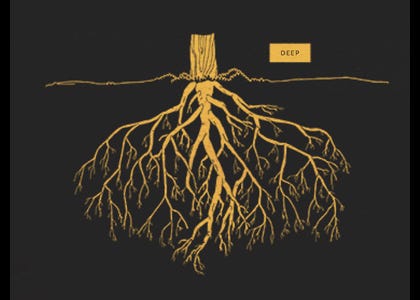The Deep Roots of Intelligence Differences

🌈 Abstract
The article discusses the deep historical roots of intelligence differences between groups, as measured by proxies like age heaping and literacy rates. It examines how these measures of cognitive skills have varied across different populations and time periods, and how they relate to modern-day intelligence and academic performance. The article also explores the role of genetic admixture in explaining group differences in cognitive abilities.
🙋 Q&A
[01] Measuring Historical Cognitive Skills
1. What is age heaping and how does it serve as a proxy for numeracy? Age heaping refers to the tendency for people to report their ages in round numbers like multiples of 10, rather than giving their exact age. This indicates a lack of numerical skills and ability to calculate one's age precisely. The extent of age heaping can thus serve as a measure of numeracy in historical populations.
2. Why are age heaping and literacy useful measures of historical cognitive skills?
- Age heaping data is widely available from historical sources like censuses, tombstones, and legal records, making it more accessible than other proxies like literacy rates.
- Numeracy skills tend to develop before literacy skills, and have a stronger innate component, making them less biased by differences in educational opportunities.
- Age heaping and literacy measures have been validated by correlating them with other outcomes like height and modern test performance.
3. How did the authors use age heaping data to estimate historical literacy and numeracy rates? The authors analyzed age heaping data from US Census records in 1850, 1870, and 1900 to compute literacy and numeracy rates for different regions, ethnic groups, and birth cohorts. They found that personal literacy was more strongly related to reduced age heaping in regions with lower overall literacy rates.
[02] Putting Heaps and Signatures to Use
1. What did the authors find about the historical Black-White intelligence gap in the US? The authors estimated that the Black-White intelligence gap in the 19th century was similar in magnitude to the gap observed in the 20th and 21st centuries, around 1 standard deviation. This was based on analyzing literacy and numeracy rates for Blacks and Whites from the 1850, 1870, and 1900 US Censuses.
2. How did the authors use admixture data to estimate the genetic contribution to group differences in intelligence? The authors assumed that Mulattos (mixed Black-White individuals) had an admixture level midway between Blacks and Whites. They then compared the performance of Mulattos to the Black-White midpoint to estimate that genetics could explain 54-97% of the Black-White intelligence gap in the 19th century, depending on factors like literacy and location.
3. What did the authors find when examining numeracy differences between Amerindians and Whites? The authors analyzed data on numeracy from Amerindian schedule samples in the 1900 and 1910 US Censuses. They found that greater European admixture among Amerindians was associated with higher numeracy, with a gap of around 1 standard deviation between those with 0% and 25-50% European ancestry.
[03] Admixture and Intelligence in the 21st Century
1. How did the modern results on admixture and intelligence compare to the historical findings? The authors found that the modern results on admixture-related differences in intelligence, numeracy, and academic performance were highly consistent with the historical patterns observed in the 19th and early 20th centuries. This suggests these differences have deep historical roots.
2. What are the implications of these findings for explanations of group differences in cognitive abilities? The authors argue that the consistency between modern and historical results strongly constrains alternative explanations for group differences that are not based on genetic factors. Any proposed non-genetic explanations would need to account for the persistence of these differences over long time periods.
3. What are some potential future directions for research on admixture and cognitive abilities? The authors suggest analyzing admixture effects in other populations like Asians and Ashkenazi Jews, as well as exploring differences between Sephardic and Ashkenazic Jews, to further elucidate the role of genetics. They also highlight the need for high-powered co-sibling or co-twin studies to provide more definitive causal evidence.